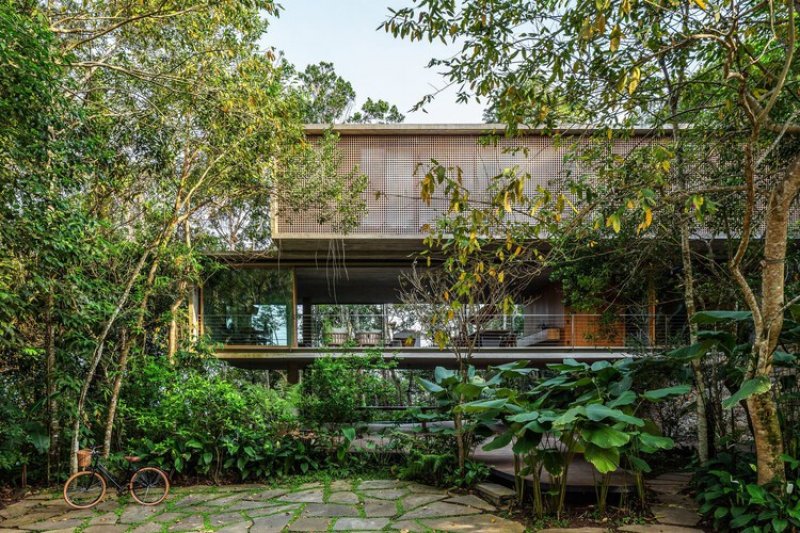In the heart of bustling cities, where towering skyscrapers and busy streets dominate the landscape, a growing movement is taking root that brings a breath of fresh air to urban life: urban gardening. This phenomenon has gained momentum in recent years as people seek to create green spaces amidst the concrete jungles. In this article, we’ll delve into the world of urban gardening, understanding its significance, benefits, challenges, and how it’s transforming our cities.
Rediscovering Nature Amidst Concrete
In a world where the urban landscape often seems unyielding and devoid of nature, urban gardening is like a soothing balm. It’s a way for city dwellers to reconnect with nature, even in the smallest of spaces. Balconies, rooftops, abandoned lots, and community gardens are being transformed into lush oases where plants, flowers, and even vegetables flourish.
The Importance of Green Spaces
Green spaces are more than just visually pleasing; they play a vital role in improving the quality of urban life. They enhance air quality by absorbing pollutants and releasing oxygen, provide habitats for birds and insects, and contribute to the overall mental well-being of city residents. Urban gardening allows people to experience these benefits firsthand, fostering a sense of ownership and responsibility for their surroundings.
Health and Community Connection
One of the remarkable aspects of urban gardening is its ability to foster a sense of community. Community gardens, where neighbors come together to nurture plants, encourage social interaction and collaboration. This shared endeavor not only beautifies the neighborhood but also promotes healthy living and reduces stress. Gardening, as studies suggest, can be therapeutic, alleviating anxiety and promoting relaxation.
Addressing Food Security
Beyond the therapeutic and aesthetic aspects, urban gardening can address practical concerns such as food security. As more people are becoming conscious of where their food comes from, growing vegetables and herbs in urban settings is gaining popularity. This movement towards locally sourced produce helps reduce the carbon footprint associated with transporting food long distances and offers a more sustainable alternative.
Challenges in Urban Gardening
However, urban gardening is not without its challenges. Limited space, polluted soil, and lack of adequate sunlight can hinder plant growth. Additionally, urban gardeners need to navigate zoning laws, property ownership issues, and sometimes even skepticism from traditional city planners. Adequate knowledge about suitable plant species, gardening techniques, and pest control becomes crucial in overcoming these challenges.
Technological Innovations and Vertical Gardening
To overcome space limitations, many urban gardeners are turning to innovative techniques such as vertical gardening. This involves growing plants on vertically suspended panels or structures, making the most of available vertical space. Moreover, advancements in hydroponics and aeroponics have enabled gardening without soil, using nutrient-rich water solutions instead.
Educational Opportunities
Urban gardening isn’t just for seasoned gardeners; it’s an educational opportunity for all ages. Schools are integrating gardening into their curriculum, teaching students about plant life cycles, nutrition, and environmental sustainability. This hands-on experience equips the younger generation with valuable skills while instilling a sense of responsibility towards the environment.
The Future of Urban Gardening
As urbanization continues to increase, the importance of urban gardening cannot be overstated. It offers a way to strike a balance between human progress and environmental preservation. The future might see more rooftop gardens, vertical farms, and even urban orchards. Governments and city planners could play a pivotal role in supporting and incentivizing urban gardening initiatives, ultimately creating healthier and more harmonious cities.
In Conclusion:
Urban gardening is a movement that brings nature back into our urban lives, offering myriad benefits ranging from improved mental well-being to sustainable food sources. With its power to foster community connections and address environmental concerns, urban gardening is undoubtedly a step towards a greener and more vibrant urban future. So, whether you have a windowsill or a small backyard, consider planting a few seeds and watching the magic of urban gardening unfold before your eyes.



















+ There are no comments
Add yours